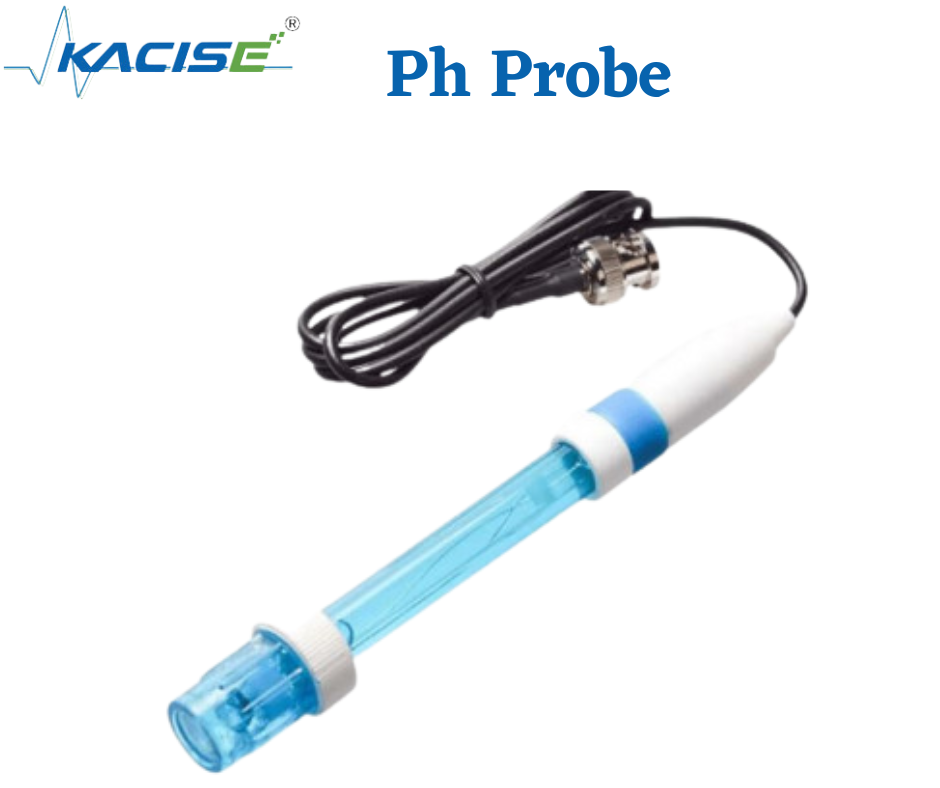The mistakes to avoid while measuring PH. If you are reading this writeup then you definitely have measured PH once in your lifetime. The Ph probe that you brought from us must be the instrument that you have used to measure the PH.
If you work in a facility where there is frequent use of such an instrument, it is wise to know about some mistakes that you need to avoid while using the probe to test PH.
The mistakes to avoid while measuring PH

Selecting the ideal electrode
You need to be careful even before you insert the electrode in the solution or water to measure the PH. You need to ascertain that you have selected the ideal electrode for having the best result.
There are various models available in the market differing in the use of diaphragm and glass material.
If you discuss this with us, you will be able to ensure that you have the probe having the ideal electrode according to your use. We also help you to know about the maintenance and storage of the electrode.
Prepare for the measurement
Even before you start taking the measurement you need to ensure that there are no cracks or contamination on the electrode. You need to open the plug and ensure that the electrolyte can flow out and you can check the level of the electrolyte.
You also need to make certain that the electrolyte fills up to the opening so that to ensure an overflow.
If you notice the level of the sample is higher than the level of the electrolyte within the sensor, then it might enter the reference system and it would not be possible to have an accurate measurement.
While inserting the electrode you need to make certain that the glass membrane and diaphragm are covered by the solution.
Have proper calibration
There is a requirement to have proper calibration performed on a regular basis. It is wise to have a weekly calibration depending on the number of measurements and the sample matrix.
If you use the electrode often or if the sample matrix is contaminating the sensor you need to calibrate it daily or more often. If you have purchased a new sensor, or after maintenance or long storage you need to calibrate before using.
Have proper storage
If you store the electrode properly, it can enhance the life of the instrument. You should ensure that while storing the pH electrode is not dry.
The glass membrane develops a hydration layer, if you store the electrode dry the hydration layer will not be there.
It is possible to re-establish the layer by conditioning it in deionized water, then also the sensor will work slowly. So, never store the probe in such a manner that the electrode is in a dry state.
Cleaning of the electrode
Cleaning of the electrode is of utmost importance between measurements. You need to clean it regularly using deionized water.
It may be that you are at times measuring the pH of a sticky sample, in such cases you need to use an ideal solvent to eliminate the contamination.
So, after buying the Ph probe from us, follow these steps to have perfect pH measurements using the instrument.
Related Guides









